How to Prevent Gum Disease with Dental Tools
- What Is Gum Disease?
- What Causes Gum Disease?
- Essential Dental Tools to Prevent Gum Disease
- Tips for Using Dental Tools Effectively
- Where to Buy High-Quality Dental Tools
What Is Gum Disease?
Gum disease, also known as periodontal disease, is an infection of the tissues that hold your teeth in place. It is a common condition that can range from mild gingivitis (inflammation of the gums) to more severe periodontitis, which can lead to tooth loss if left untreated. Preventing gum disease is crucial for maintaining good oral health and avoiding painful and costly dental treatments.
What Causes Gum Disease?
Gum disease is primarily caused by poor oral hygiene that encourages plaque to form on teeth. Plaque is a sticky film of bacteria that can harden into tartar, leading to inflammation of the gums. If left untreated, this can cause the gums to recede and lead to deeper issues, such as tooth loss. Here are some of the key factors that contribute to gum disease:
- Poor Oral Hygiene: Inconsistent brushing and flossing allow plaque and tartar to accumulate on teeth, increasing the risk of gum disease.
- Smoking or Chewing Tobacco: Tobacco use is strongly linked to the development of gum disease, as it weakens the immune system and hinders healing.
- Poor Nutrition: A diet lacking essential nutrients can weaken the immune system, making it harder for your body to fight off infections, including gum disease.
- Other Health Conditions: Conditions like diabetes, certain medications, and hormonal changes can increase the risk of gum disease.
Essential Dental Tools to Prevent Gum Disease
Using the right dental tools is crucial to effectively prevent and treat gum disease. The following tools should be a part of your daily oral care routine:
- Toothbrush: A high-quality toothbrush is essential for removing plaque and food particles. Choose a soft-bristled toothbrush that can reach between teeth and along the gum line to reduce plaque buildup.
- Dental Floss: Flossing helps remove food and plaque from between teeth and under the gum line, areas that a toothbrush can't reach. Use dental floss or floss picks at least once a day.
- Electric Toothbrush: An electric toothbrush can help you achieve a deeper clean and is often more effective at removing plaque compared to manual brushing.
- Interdental Brushes: These small brushes are excellent for cleaning between teeth, especially in tight spaces where traditional flossing may not be as effective.
- Antiseptic Mouthwash: A good antiseptic mouthwash can help reduce plaque, kill bacteria, and freshen breath. Look for mouthwashes that are specifically formulated for gum health.
Tips for Using Dental Tools Effectively
It’s not just about having the right dental tools; it’s also about using them correctly. Here are some tips to ensure you are effectively preventing gum disease:
- Brush Twice a Day: Brush your teeth for at least two minutes, twice a day. Make sure to gently brush along the gum line to remove plaque buildup.
- Use the Right Technique: Brush using small circular motions rather than vigorous back-and-forth motions, which can irritate your gums.
- Floss Correctly: Gently slide the floss between your teeth and curve it around each tooth to remove plaque and food particles. Avoid snapping the floss, as it can damage your gums.
- Don’t Forget the Tongue: The surface of your tongue can harbor bacteria. Use your toothbrush or a tongue scraper to clean your tongue regularly.
- Stay Consistent: Consistency is key. Make sure to use these tools daily, not just when you notice plaque or gum irritation. Regular oral hygiene is the best prevention against gum disease.
Where to Buy High-Quality Dental Tools
If you’re looking for quality dental tools to help prevent gum disease, look no further than Dentistry Toothtruth. We offer a wide range of dental products, from electric toothbrushes to specialized floss and mouthwashes, all designed to help you maintain a healthy mouth and prevent gum disease. Click here to explore our collection and start protecting your gums today!

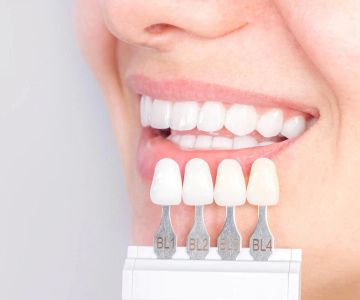

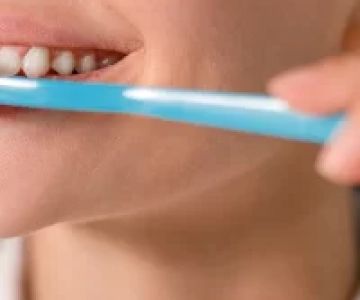
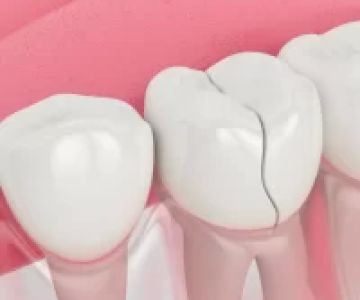
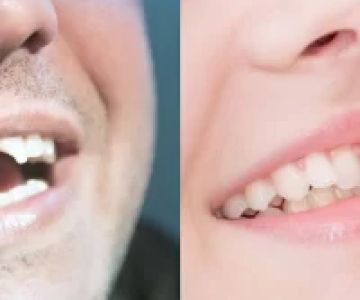
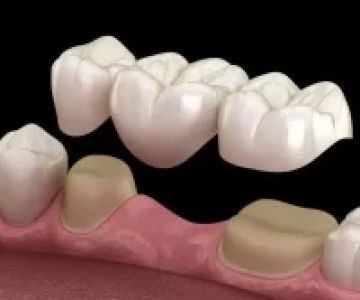
 Rivers Family Dentistry
Rivers Family Dentistry Apex Endodontics
Apex Endodontics Gentle Dental Methuen
Gentle Dental Methuen Dominion Orthodontics
Dominion Orthodontics Dr. David Newkirk - Cosmetic and General Dentistry
Dr. David Newkirk - Cosmetic and General Dentistry Train Station Dental
Train Station Dental The Importance of Oral Health Education During Pregnancy for a Healthy Pregnancy
The Importance of Oral Health Education During Pregnancy for a Healthy Pregnancy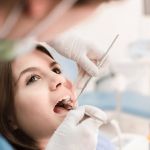 Why Skipping Dental Checkups Can Lead to Bigger Oral Health Problems
Why Skipping Dental Checkups Can Lead to Bigger Oral Health Problems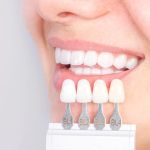 Advantages of Porcelain Dental Restorations
Advantages of Porcelain Dental Restorations Best Tips for Brushing Your Teeth Properly for Healthy Gums: Essential Techniques for Oral Health
Best Tips for Brushing Your Teeth Properly for Healthy Gums: Essential Techniques for Oral Health How Can Diabetes Cause Tooth and Gum Problems? Preventing and Managing Oral Health Issues
How Can Diabetes Cause Tooth and Gum Problems? Preventing and Managing Oral Health Issues Healthy Habits for Promoting Good Oral Health and Hygiene: Tips for a Healthy Smile
Healthy Habits for Promoting Good Oral Health and Hygiene: Tips for a Healthy Smile